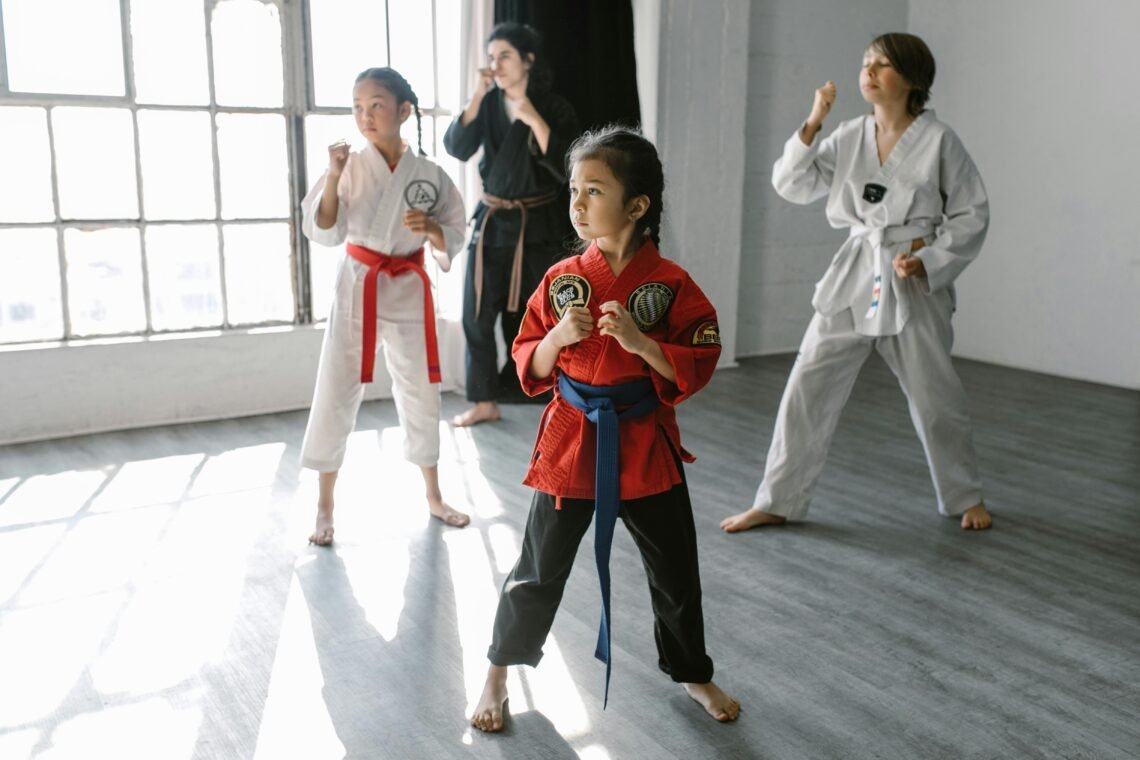
Exploring the World of Martial Arts: From Karate to Brazilian Jiu-Jitsu
Exploring the World of Martial Arts: From Karate to Brazilian Jiu-Jitsu
Martial arts have held a profound fascination for humanity throughout history, embodying discipline, skill, and cultural heritage. This comprehensive exploration navigates through the diverse realm of martial arts, tracing the evolution from traditional disciplines like Karate to contemporary forms such as Brazilian Jiu-Jitsu. We delve into the intricate tapestry of history, philosophy, and practice that defines each martial art, unveiling its unique characteristics and contributions to the global martial arts community.
Origins and Philosophy:
Martial arts trace their roots back to ancient civilizations where combat skills were essential for survival and warfare. Over time, these skills evolved into formalized systems of training, embodying philosophical principles of discipline, respect, and self-improvement.
Karate, originating from Okinawa, Japan, is a quintessential traditional martial art renowned for its emphasis on striking techniques, including punches, kicks, and knee strikes, as well as defensive maneuvers. At its core, Karate embodies the philosophy of self-defense and personal development, with practitioners striving for physical and mental balance through dedicated training and adherence to ethical principles.
Conversely, Brazilian Jiu-Jitsu (BJJ) finds its origins in Kodokan Judo, brought to Brazil by Mitsuyo Maeda in the early 20th century. BJJ focuses on ground fighting and submission grappling, prioritizing leverage, technique, and positional control over brute strength. The philosophy of BJJ centers around the concept of using skill and strategy to overcome larger and stronger opponents, reflecting the Brazilian ethos of adaptability and innovation.
Training and Techniques:
Traditional martial arts like Karate typically follow a structured curriculum encompassing forms (katas), sparring (kumite), and fundamental techniques (kihon). Progression through various belt ranks signifies the practitioner’s proficiency and mastery of the art. Discipline, focus, and repetition are fundamental aspects of Karate training, with an emphasis on refining technique and cultivating mental fortitude.
In contrast, Brazilian Jiu-Jitsu training revolves around live sparring sessions known as rolling, where practitioners engage in simulated combat scenarios on the ground. Techniques in BJJ focus on joint locks, chokeholds, and positional control, with an emphasis on fluidity and adaptability. BJJ training instills a deep understanding of leverage and body mechanics, empowering practitioners to subdue opponents efficiently and effectively.
Cultural Influence and Global Spread:
The cultural influence of martial arts transcends geographical boundaries, with Karate and Brazilian Jiu-Jitsu emerging as global phenomena. Karate, with its rich history and disciplined approach, has spread to every corner of the world, becoming one of the most practiced martial arts globally. Its inclusion in the Olympics further solidifies its status as a mainstream sport with widespread appeal.
Similarly, Brazilian Jiu-Jitsu has witnessed exponential growth in popularity, particularly due to its effectiveness in mixed martial arts (MMA) competitions. BJJ academies can now be found in major cities across the globe, attracting practitioners from diverse backgrounds seeking fitness, self-defense skills, and a sense of community. The global reach of BJJ underscores its universal appeal and relevance in the contemporary martial arts landscape.
Evolution and Innovation:
While traditional martial arts like Karate remain rooted in centuries-old traditions, they have also evolved to adapt to the changing needs and interests of practitioners. Modern variations of Karate, such as Kyokushin and Shotokan, incorporate elements of full-contact sparring and physical conditioning, catering to contemporary audiences seeking practical self-defense skills and competitive opportunities.
Similarly, Brazilian Jiu-Jitsu continues to evolve and innovate, with practitioners exploring new techniques and strategies to gain a competitive edge. The emergence of no-gi grappling and submission-only tournaments has spurred innovation in BJJ, leading to the development of new techniques and training methodologies. Despite these advancements, the core principles of leverage, technique, and positional control remain integral to BJJ practice.
Impact on Fitness and Well-being:
The practice of martial arts offers a myriad of physical and mental benefits, making it an attractive pursuit for individuals seeking holistic fitness and personal development. Both Karate and Brazilian Jiu-Jitsu provide rigorous workouts that improve cardiovascular health, strength, flexibility, and coordination. The mental discipline and focus cultivated through martial arts training can also enhance cognitive function and stress management skills, promoting overall well-being.
Moreover, martial arts foster a sense of camaraderie and community among practitioners, providing a supportive environment for personal growth and social interaction. The shared journey of training and self-improvement creates lasting bonds and friendships, transcending cultural and linguistic barriers.
In conclusion, martial arts embody a rich tapestry of history, philosophy, and practice, offering a diverse array of styles and traditions. From the ancient origins of Karate to the modern innovations of Brazilian Jiu-Jitsu, martial arts continue to inspire individuals worldwide with their transformative potential. Whether pursued in self-defense, fitness, competition, or personal growth, martial arts provide a profound journey of discovery and empowerment, enabling practitioners to unlock their full potential and embrace the warrior spirit within.




